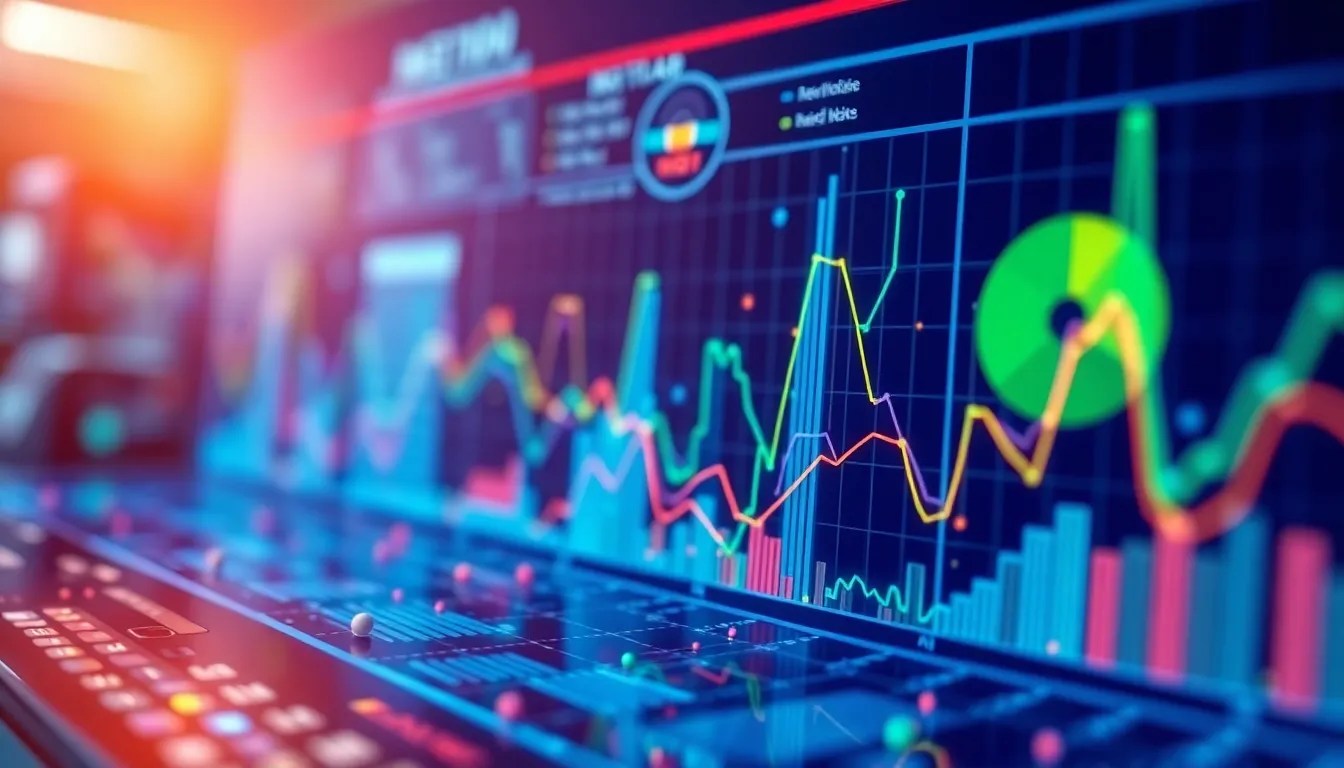How Data Visualization is Shaping the Future of Healthcare Analytics
I. Introduction
Data visualization refers to the graphical representation of information and data, allowing individuals to understand complex data sets through visual formats such as charts, graphs, and maps. In the context of healthcare, data visualization plays a crucial role in converting vast amounts of clinical, operational, and financial data into actionable insights.
The importance of data analytics in healthcare cannot be overstated. As healthcare organizations increasingly rely on data to inform decision-making, improve patient care, and optimize operations, the demand for effective data visualization becomes paramount. This article explores how data visualization is transforming healthcare analytics, highlighting its benefits, challenges, and future trends.
II. The Role of Data in Healthcare
Healthcare generates a wealth of data from a variety of sources, including electronic health records (EHRs), clinical trials, patient surveys, and operational metrics. The main types of data collected in healthcare include:
- Clinical Data: Information related to patient care, including diagnoses, treatment plans, and outcomes.
- Operational Data: Metrics concerning the efficiency of healthcare operations, such as patient flow and resource utilization.
- Financial Data: Data related to billing, insurance claims, and revenue cycle management.
However, the sheer volume and complexity of this data present significant challenges in management and interpretation. Healthcare providers often struggle to extract meaningful insights from large data sets, leading to a critical need for effective data representation. Visualization techniques can bridge this gap, enabling stakeholders to quickly grasp complex information.
III. Evolution of Data Visualization Techniques
The history of data visualization in healthcare has evolved alongside advancements in technology. Early visualizations were often rudimentary, relying on simple charts and graphs. Over the years, the field has advanced significantly, with the development of sophisticated tools and techniques.
Recent advancements in visualization tools and technologies include:
- Interactive dashboards that allow users to manipulate data views.
- Geospatial mapping to visualize patient demographics and disease prevalence.
- Real-time data streaming to provide immediate insights into patient care.
Case studies of successful implementation of visualization techniques demonstrate their efficacy. For instance, hospitals that adopted interactive dashboards saw up to a 20% increase in operational efficiency. These visual tools not only aid in decision-making but also enhance communication among healthcare teams.
IV. Key Benefits of Data Visualization in Healthcare Analytics
Data visualization offers numerous benefits in healthcare analytics, including:
- Improved Decision-Making: Visual tools enable healthcare providers to quickly analyze trends and make informed decisions based on data.
- Enhanced Patient Outcomes: By identifying patterns in treatment effectiveness, providers can tailor care to improve patient outcomes.
- Real-Time Monitoring: Visualization capabilities allow for the tracking of patient data in real-time, enhancing the ability to respond to emergencies and adapt treatment plans.
V. Technologies Driving Data Visualization in Healthcare
A variety of software and platforms are utilized in healthcare data visualization. Popular tools include Tableau, Power BI, and Qlik, each offering unique features tailored for healthcare applications.
Artificial intelligence (AI) and machine learning (ML) are also playing an increasingly vital role in healthcare data visualization. These technologies can analyze vast amounts of data to identify trends and predict patient outcomes, further enhancing the utility of visualizations.
Moreover, integration with electronic health records (EHR) and other healthcare IT systems is essential. Effective data visualization tools need to pull data from disparate systems to present a cohesive view of patient information.
VI. Challenges and Limitations
Despite its advantages, data visualization in healthcare faces several challenges:
- Data Privacy and Security: Protecting patient data is paramount, and visualization tools must comply with regulations such as HIPAA.
- Misinterpretation of Visualized Data: Inaccurate conclusions can be drawn from poorly designed visualizations, leading to misguided decisions.
- Need for Training: Healthcare professionals must possess data literacy skills to effectively interpret visualizations, necessitating ongoing training and support.
VII. Future Trends in Data Visualization for Healthcare
As technology continues to evolve, several emerging trends in data visualization for healthcare are anticipated:
- Augmented Reality (AR) and Virtual Reality (VR): These technologies will provide immersive visualization experiences, allowing providers to visualize complex data in three-dimensional spaces.
- Patient-Centered Visualization: As healthcare shifts towards more personalized care, visualizations will increasingly focus on empowering patients with their own health data.
- Predictions for the Next Decade: The integration of AI, predictive analytics, and enhanced data sharing will redefine healthcare analytics, making data more actionable than ever.
VIII. Conclusion
In summary, data visualization is reshaping the landscape of healthcare analytics, providing a powerful tool for decision-making, improving patient outcomes, and enabling real-time insights. As the healthcare industry continues to embrace data-driven strategies, the transformative potential of data visualization cannot be overlooked.
Stakeholders in the healthcare industry, including providers, administrators, and policymakers, are urged to invest in data visualization solutions that enhance their capabilities and ultimately lead to better patient care.



